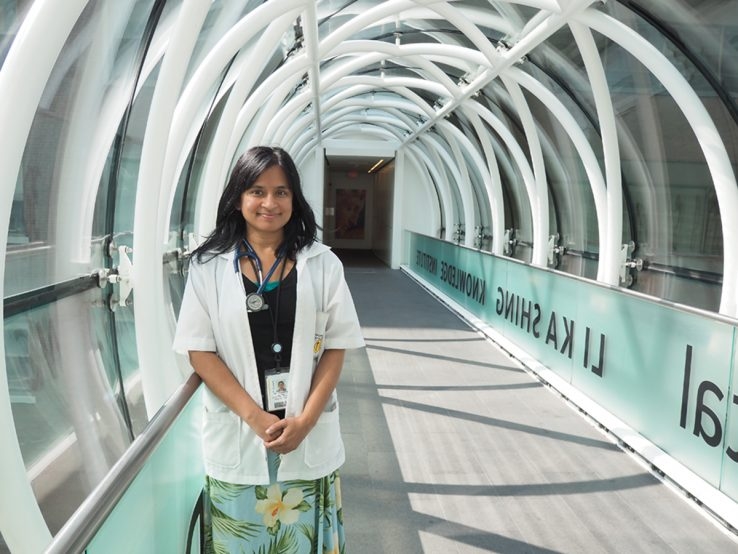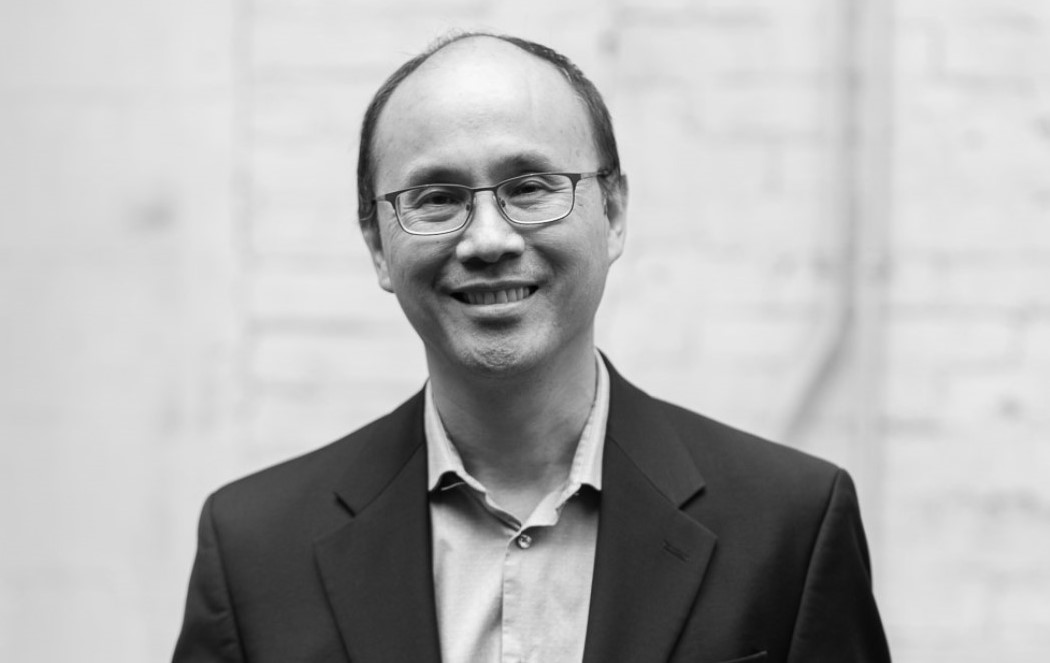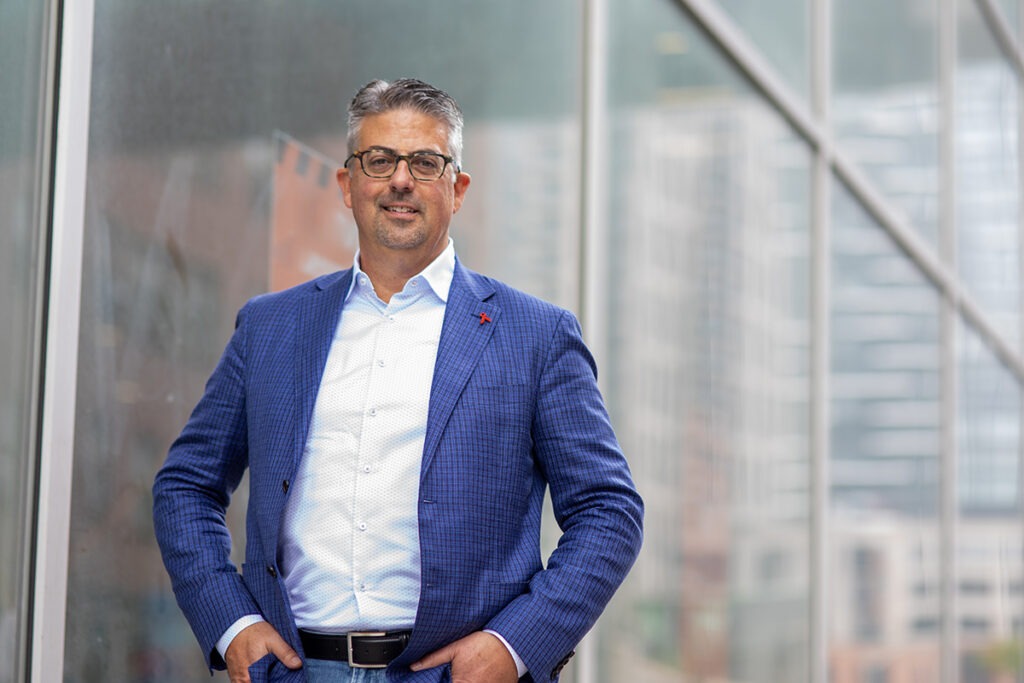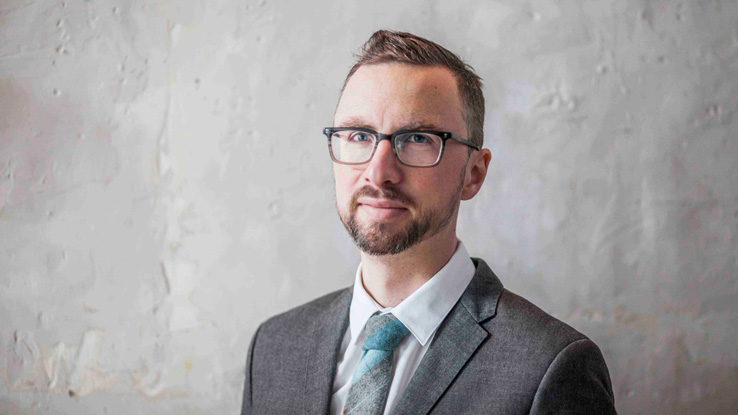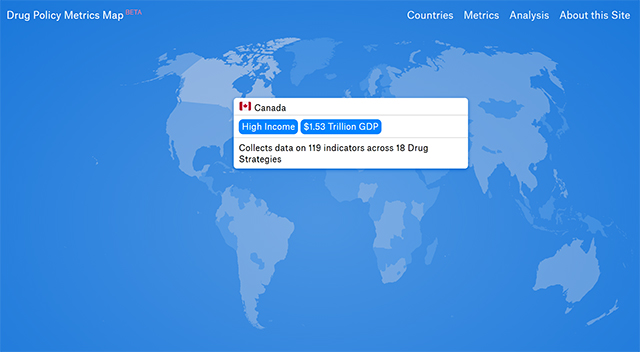For more than a decade, Dr. Sharmistha Mishra has been helping those with HIV – and the services, programs and policies that impact them the most.
And, she’s done it all using mathematical modeling.
“Mathematical modeling allows us to tease apart mechanisms that might interact and influence how infections might circulate in a population, and how things at various levels could drive transmission or help prevent transmission,” explains Dr. Mishra, who recently received the CAHR-CANFAR Excellence in Research Award in the Epidemiology/Public Health Research Stream.
As a clinician and scientist at St. Michael’s Hospital, Dr. Mishra and her lab use mathematical models to try and understand HIV and STI epidemics – which cannot be addressed through clinical trials and cohort studies alone.
Dr. Mishra uses mathematical modeling to try and understand why HIV epidemics are established and persist, where and when they persist, and what leads to differences in their size and characteristics across different regions. Her lab also uses this modeling to understand the best combinations of HIV and/or STI prevention tools, which help control epidemics…

